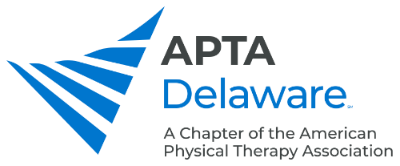(Source: PT in Motion)
The long-awaited changeover to ICD-10 is finally happening on October 1. Are you ready? Here are 5 hot tips on the new system, plus 1 bonus piece of advice.
- Careful with those code extensions. Not every ICD-10-CM code requires a code extension (7th character) for injuries and external causes to identify the encounter as initial, subsequent, or sequela. Typically a 7th code is used for injury or trauma, and it’s also used in the obstetrics, musculoskeletal, and external cause chapters.
- It’s not just about national requirements. Make sure you’re aware of state and payer mandates that may apply to you. For instance, although there is no national requirement to report the ICD-10 codes for “external causes for morbidity,” you may be required provide these codes if you are subject to a state-based external cause code reporting mandate or if a particular payer says you have to provide them.
- No code cocktails! Do not mix ICD-9 and ICD-10 codes on the same claim form.
- Did care start before October 1? Use ICD-9. A new referral or plan of care will not be required if an episode of care is initiated before October 1 and continued after October 1.
- X marks the spot. You will need to use an “X” to fill in empty characters when a code contains fewer than 6 characters and a 7th character is needed.
THE APTA BONUS TIP:
This is really happening. ICD-10 coding will be required October 1. There will be no postponement, no exemptions, no dual-code period, or anything else that would mean physical therapists could avoid using the new codes, even temporarily. The changeover is a reality.
If you’re still feeling uncertain about the switch, give yourself an opportunity to get up to speed: get some guidance on the new system from a free APTA webinar (non-member APTA price $169.00) and then dive deeper into resources now available at the association’s ICD-10 webpage.
